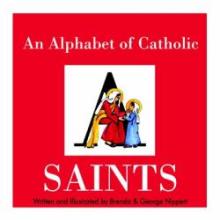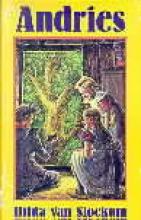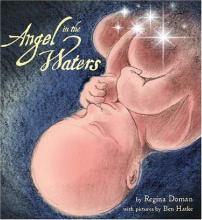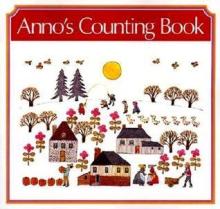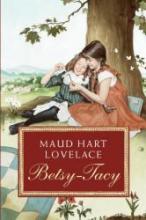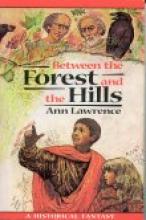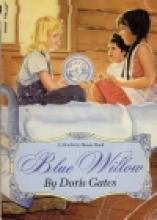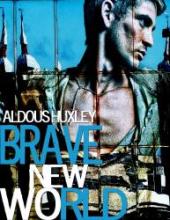Literature
An Alphabet of Catholic Saints
Also available in softcover
Andries
Angel in the Waters
Inspirational! Impressive! Instructional!
This picture book has a beautiful pro-life lesson for the very youngest among us to the oldest. It tells the story of a baby from conception through birth and into infancy without any details that will require further explanation to our little ones. Told in the first person, the text is brief and easy to read but contains far more depth than most picture books. Simple yet engaging artwork, with peaceful colors and a dreamlike quality, compliments the text. Even my 4-year-old noticed that at the baby's birth, the page backgrounds changed from dark to bright white; while I don't think that he recognizes the symbolism yet, it certainly captured his attention.
Without directly teaching, the author skillfully reminds us that life begins in the womb, with baby aware of sounds and light and warmth. The baby's guardian angel, depicted as a star rather than the traditional winged creature, is more spiritual than physical and accompanies baby from conception onward. The angel is intelligent and gentle while guiding and reassuring baby, hinting at eternal life beyond this earthly one.
My single regret is that this book is only available in a softcover binding. Destined to become a classic, it should be available bound in a durable hardcover.
Additional Comments: My children fell in love with this book the minute they saw it. Down to my toddler they were enchanted with the beautiful, realistic illustrations and the simple, charming text. My seven year old loves how easy it is to read - she returns to it over and over again. I love the beautiful implicit message about the sanctity and fragility of life.- A.V.H. (2-23-05)
Angus and the Ducks
Various editions available
Anno's Counting Book
This is a charming Counting Book with a colorful two page spread for each number from zero through twelve. The pictures show the beginnings of a town. For zero, you see a snowy field with a river running through it. The next page has one house built, one snowman, one person skiing, one pine tree, one crow, one dog, etc. Each month another building is added as more people come to the town. Young children, who often enjoy small details in pictures, can find how many things on each page can be counted up to the same number. Some of the details are quite creative, such as the clock on the church showing the appropriate time for the particular page.
Betsy-Tacy
Between the Forest and the Hills
When Falx, a young orphan disillusioned with the prospects of life in his brother's household decides to runaway to Rome (under the influence of a talking raven!) "trouble" becomes unavoidable. He befriends a lost Saxon girl and meets up with a strange but benevolent merchant who plays a significant role in the adventures awaiting the town. I found parts of the book to be exceedingly funny (particularly a scene involving a bishop, some bees and some rather superstitious Saxons), but the more subtle humor would probably be best appreciated by the somewhat "well-read" high schooler, rather than the reluctant reader.
Blue Willow
This is a beautiful story of family life in difficult times which also offers a portrait of the Great Depression and some lesser-known parts of "old" California. The story will probably be best appreciated (possibly as a read-aloud) for grades 1-4.

